▎ Philosophy
Sustainable Design
Climate Change is the largest challenge of this generation, and will exponentially become more significant than it already is if nothing is done to mitigate it. Inaction of this will lead to but not limited to an increase in poverty and inequality, continuous and exacerbated refugee crises, increasing of extenction events for both flora and fauna, and practically irreversible reduction of the habitability of planet Earth.
Architecture needs to be environmentally, economically, and socially sustainable if we are to combat this crisis.
Constructing with renewable materials, reducing negative impacts on the surrounding context, and optimising energy and generation are all examples of methods in which lead to a more environmentally stable design. I also use rubrics, such as the passivhaus checklist, that of which are excellent guides to increase the overall environmental sustainability of a design.
If a project's cost is too extreme to construct and/or maintain, the project will eventually cease to exist. This can be combated via using optimised energy and resource consumption techniques, material choices, and appropriate thermal and lighting design to reduce unnecessary energy consumption. These design decisions will lead to a better economically designed building, as by not doing so will create more vacant buildings, and consequentially have great impacts on the community and the environment.
Defining the typology of the project, for example infrastructure or low density residential, allows me to design based on the needs and rituals of the said project. This can further be expanded to accommodate the rituals, challenge the rituals, or both. Another attribute to social sustainability is to understand the demographic of people the project is targeted towards. These attitudes are one of the first principles I design off, as a project would have no direction without the understanding of social sustainability. That is, who the project is for and how it is interacting with it's social context.
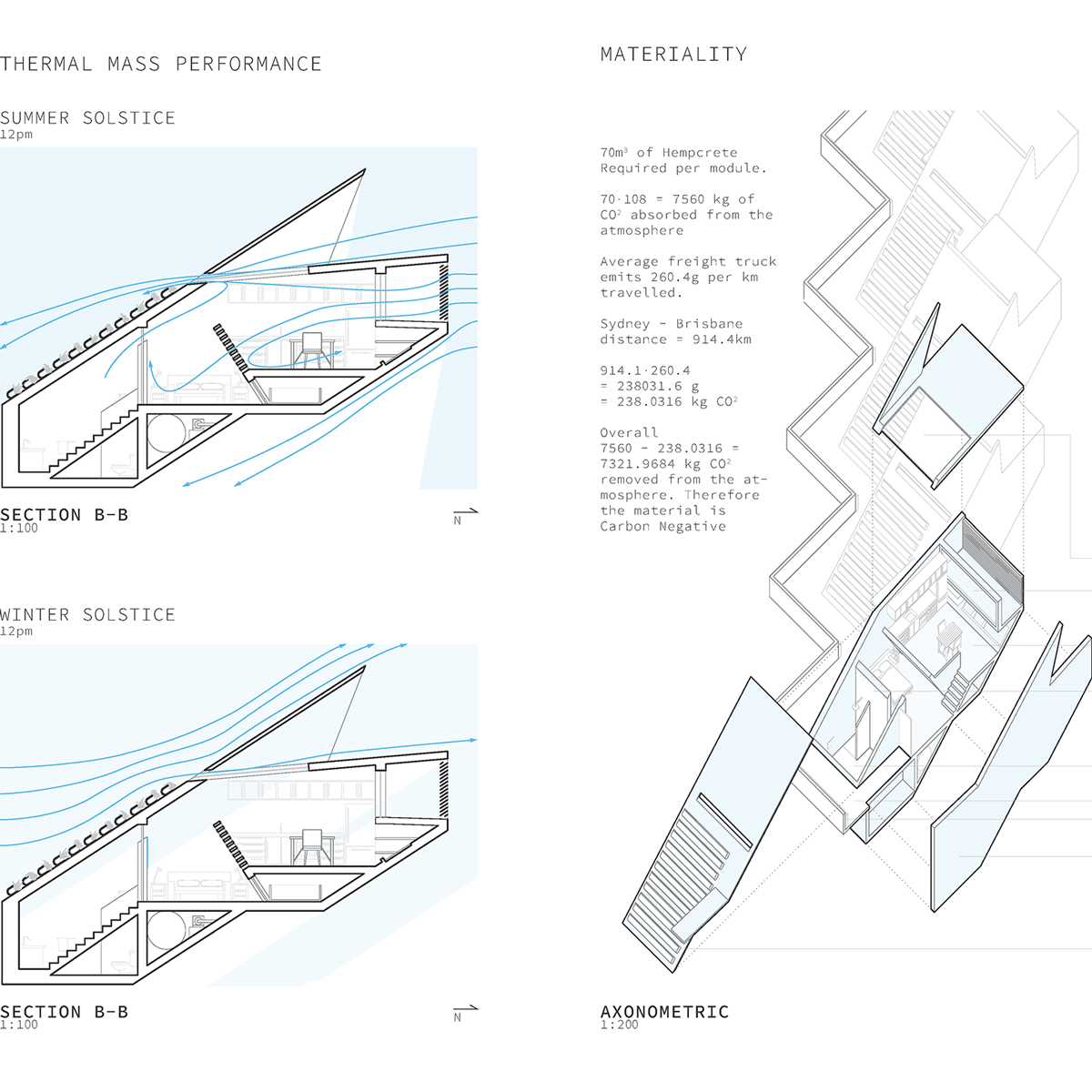
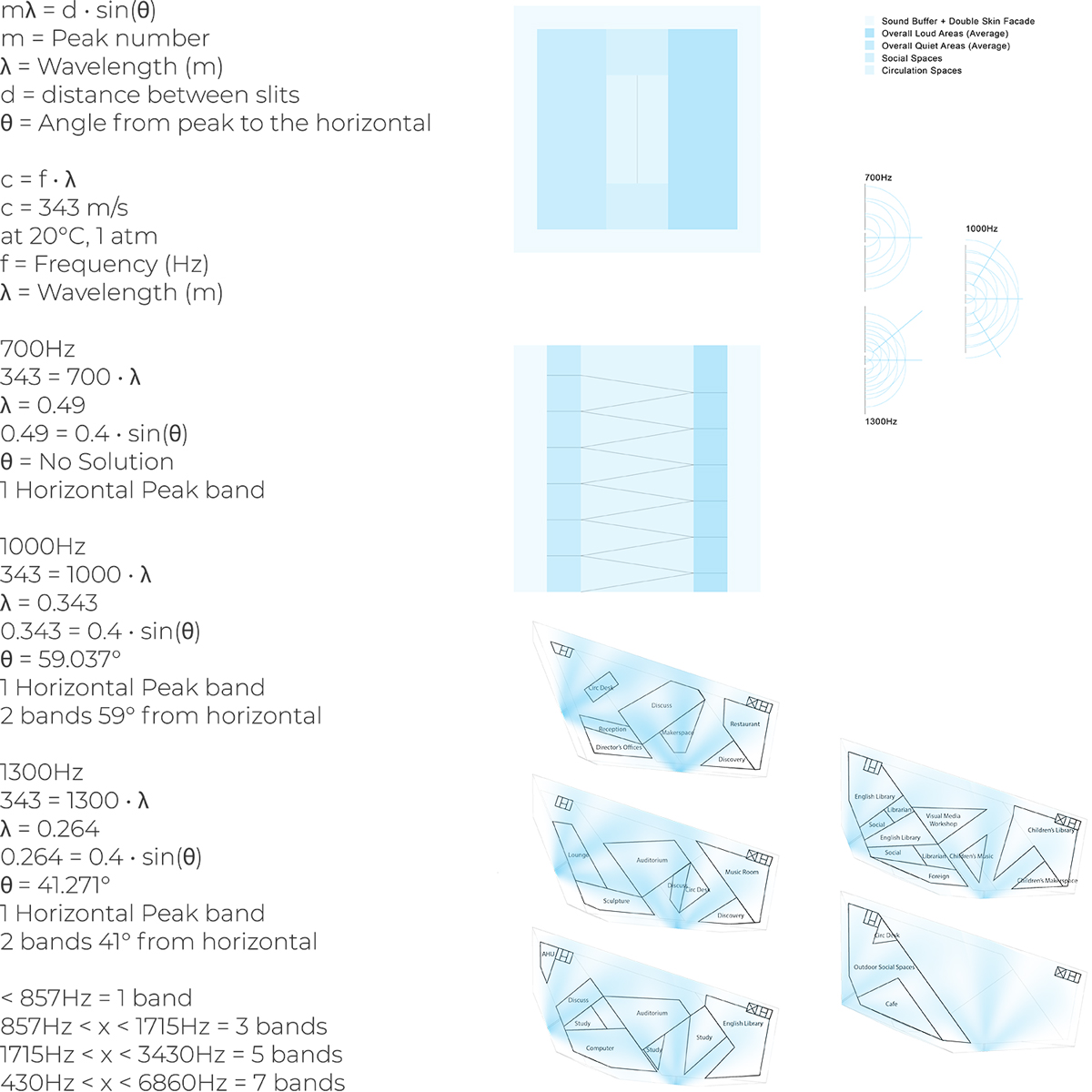
Science and Mathematics
My passion for science and mathematics is immeasurable. They are the language of the universe, and are great tools for understanding what, why, when and how things are the way they are. Learning how sometimes the universe is so complex to the point where it is impossible for us to understand is quite literally mind blowing. I aim to try to develop an understanding of how these processes work, and use them as precedents for my work. For billions of years nature has been conjuring ever increasing methods of achieving efficiency on whatever task is required, whether it be the blue iridescence of butterfly wings bypassing the difficult task of creating blue pigment, or our eyes harnessing the power of camera obscura to grant the ability of sight. There is an endless library of resources in nature that could be applied to optimise or create new experiences in architecture. Understanding these processes through the lens of science and mathematics is essential if I am to deploy it into architecture.
Computational Design
Computational Design is another tool I can add to my toolbox in terms of design. I believe that the limiting factor to implementing our imagination is the boundaries of the tools we use. What better way to expand my implementation capabilities by learning more methods of design, whether it be computational design, model making, or pencil sketches. Computational design differs from these, as the ability to design more complex, accurate and abstract systems becomes apparent with this tool. Being an emerging technology in architecture, as well as granting a new method of thinking about design, I am eager to see where and how it influences the future of architecture.
Computational Design also grants the ability for me to input my passions of Science and Mathematics into design in a more sophistated manner. For instance, I could be able to virtually imitate the movement of flocks through a boids scientific model, and then proceed to design based of this system if needed be. To design around complex and chaotic systems such as these would be insurmountable if it not were for computational design, as such a apparatus further expands my capabilities in design.
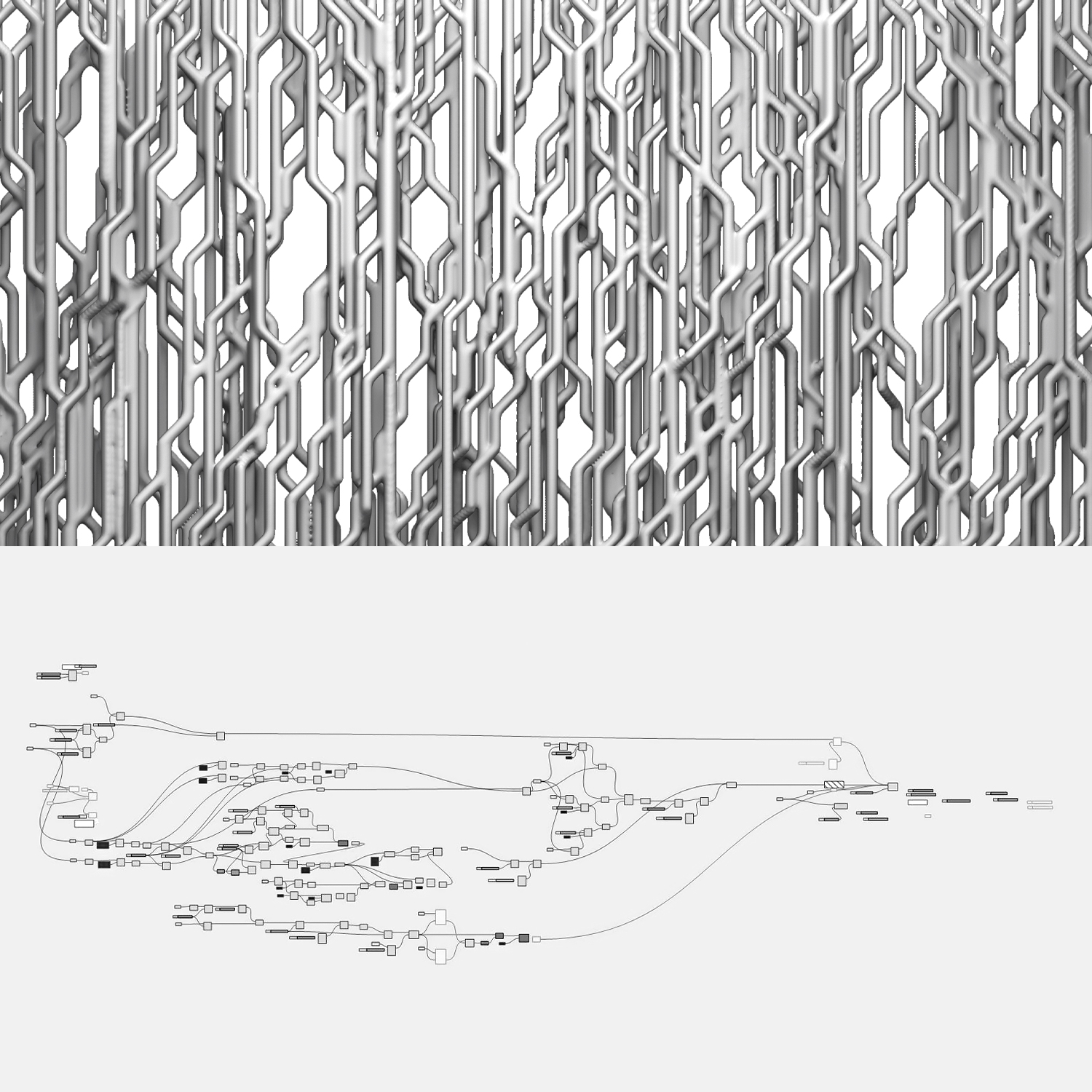
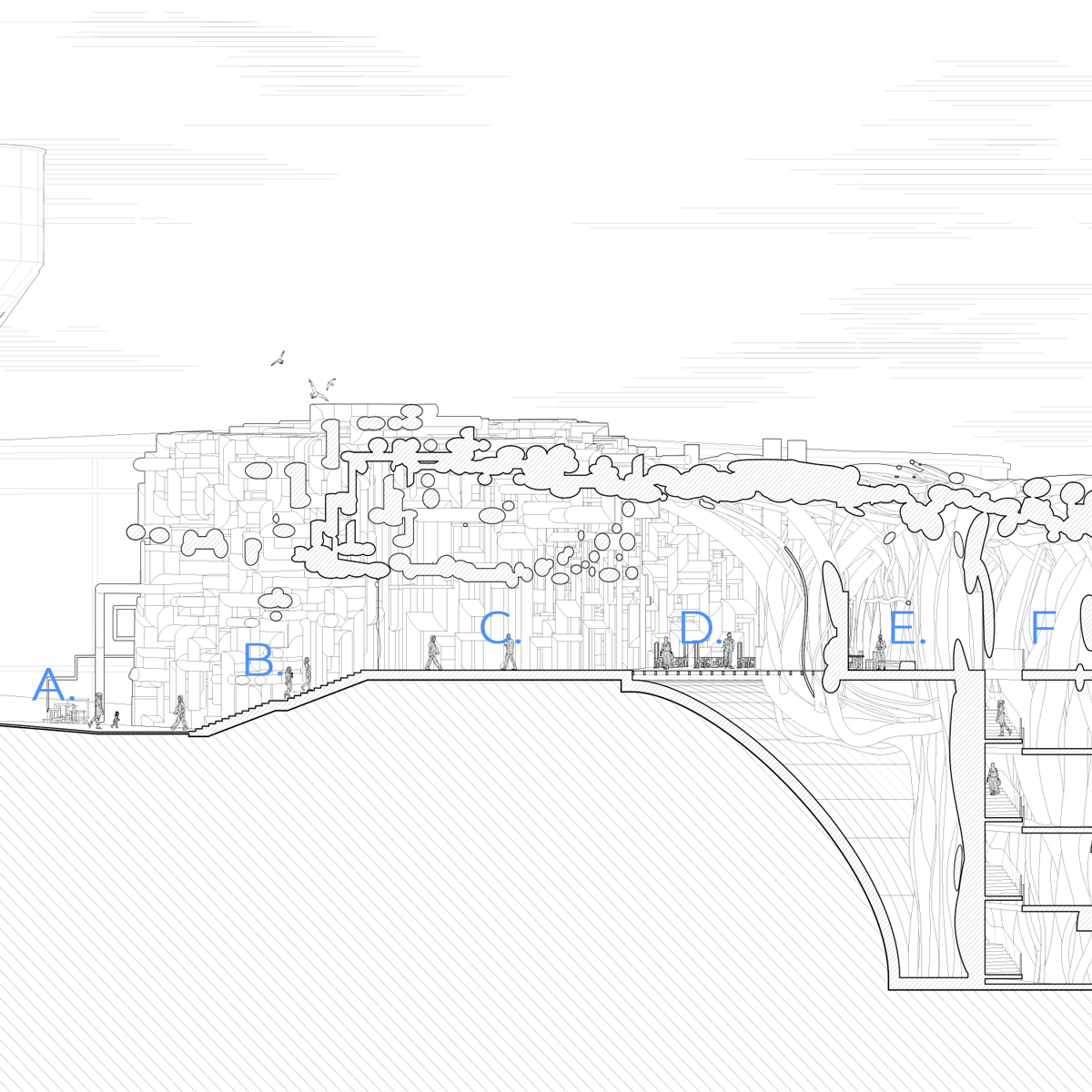
The Arts
The Arts offer me an insight into the emotions and perspectives interwoven with design, and everyday life in general. One: Number 31 by Jackson Pollock is an artwork that resonates with me strongly. Staring into the abyss with no element for my brain to latch onto and recognise gave me a unique feeling that is difficult to describe. I was equally intimidated by the painting as I was intrigued. It was as though instead of me trying to understand and observe the artwork, it felt like the artwork was looking at me. Such an emotion was overwhelming to the point where I was left in awe. I attempt to understand what techniques artists like Jackson Pollock used to deliver such a powerful emotion, and see how I can implement and expand off these techniques within my architectural projects.
Cinema is another realm of the arts in which I draw inspiration from. Stanley Kubrick's film, 2001: A Space Odyssey is one that I was left mind blown by the end. From the mysteriousness expressed via the monolith, to the thrilling events caused by HAL 9000, and finally to the absolute confusion I was granted with in the final act. I identify how narrative is delivered by structure, a tug of war between revealing and concealing, and nuanced themes spread throughout the film. An analysis of how these events unfold with the emotions tailored to them corresponds with how one can analyse architecture. Life is a sequence of passing through walls that encapsulate a variety of experiences. We can then analyse such sequence of experiences similarly to that of a sequence of scenes in a film. There I can carefully implement what experience I am willing to deliver after every space a person has passed through within my project.
Element of Curiosity
Out of all the themes expressed in science, mathematics, and the arts; curiosity is the one that I relate with and enjoy exploring. Curiosity is how I learnt more about these topics, and is what keeps me from wanting to learn more. I feel that if I can give an element of curiosity to the people experiencing my projects, I have given them the tools to want to learn more and push themselves further. By learning more, the people become more knowledgeable, thus allowing them to implement this newfound knowledge to try and improve their community. The techniques to give themselves this experience is drawn from inspiration via vigorous research of related fields in science, maths and the arts.
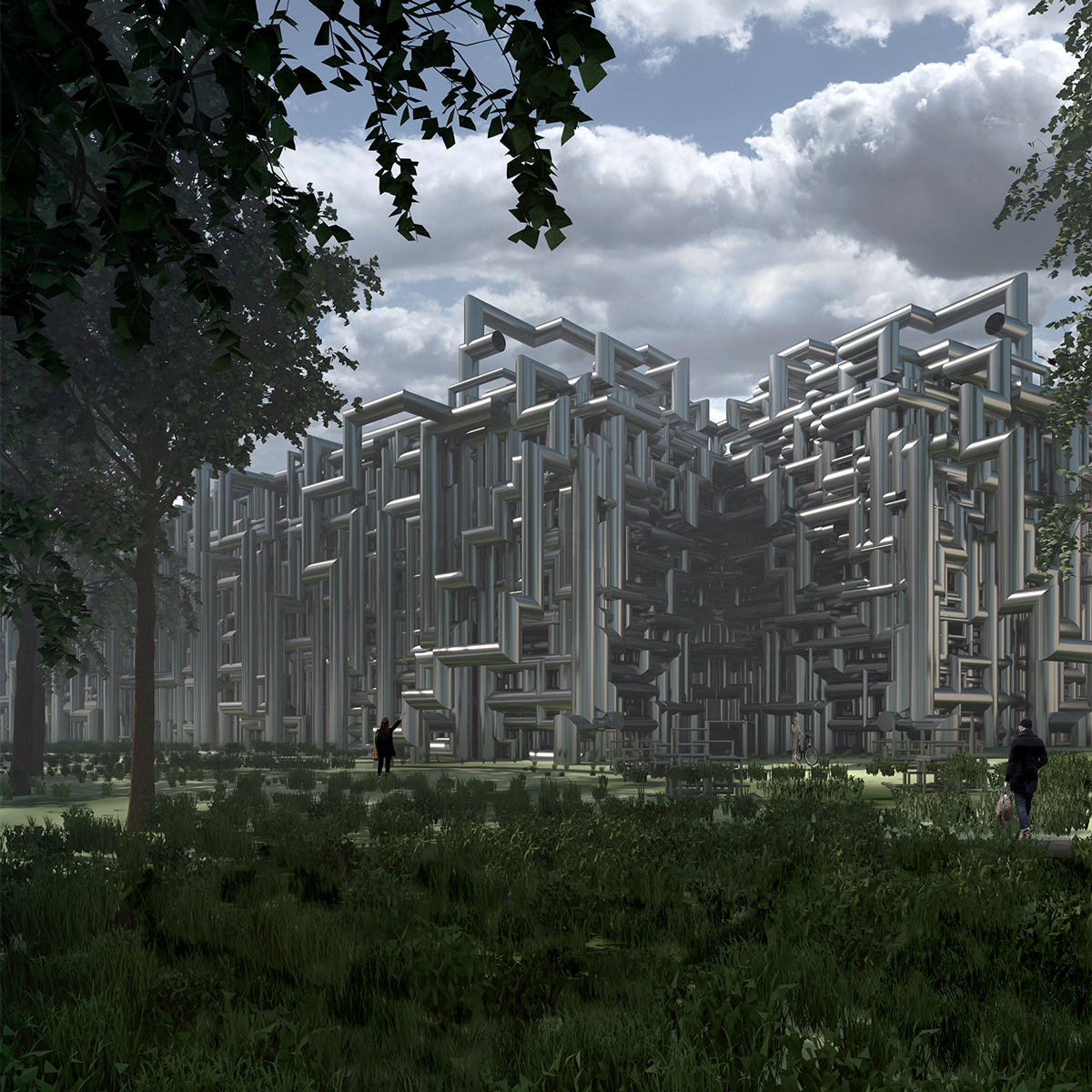
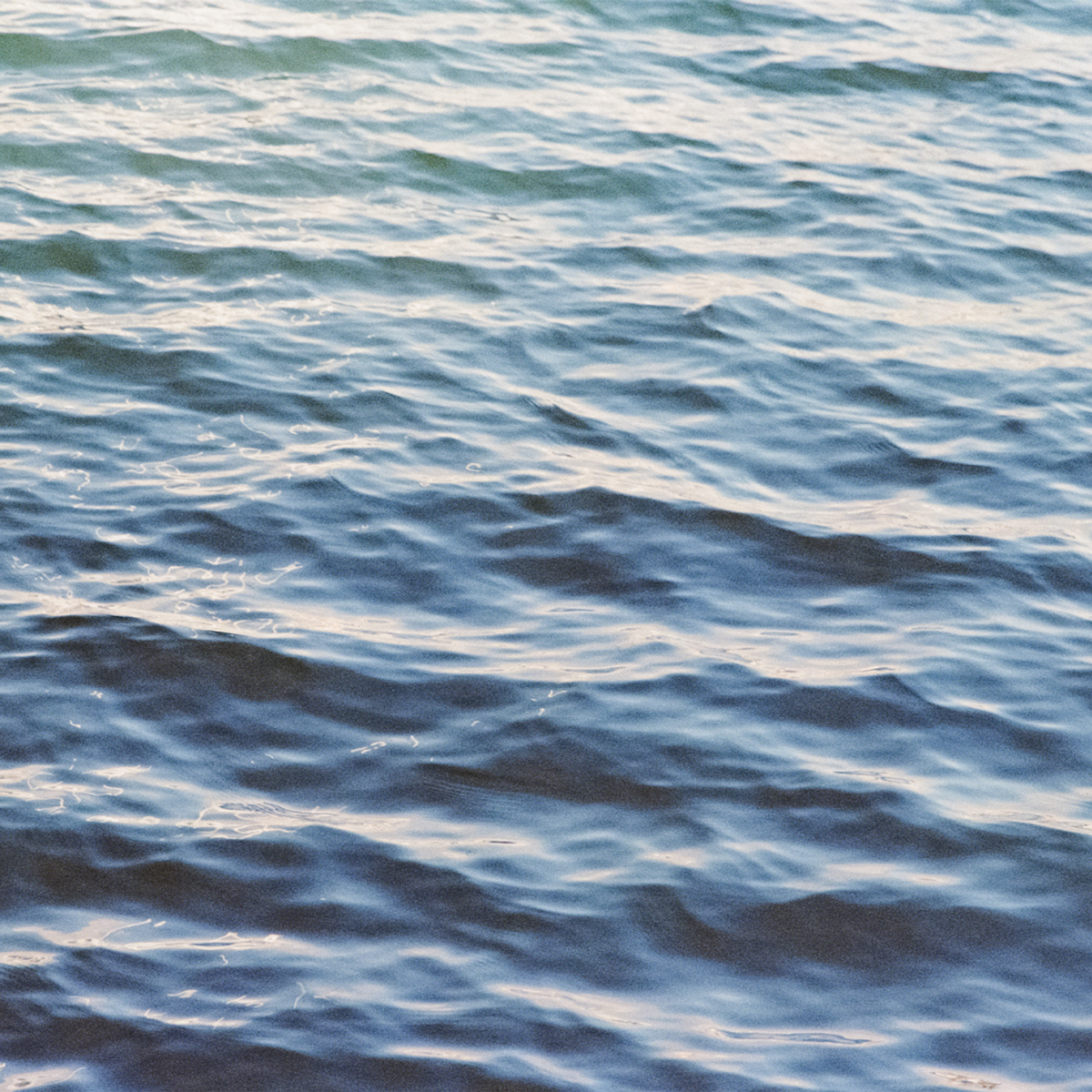
Photography Philosophy
I do not claim to be a professional photographer, nor do I always have a specific intention for all the images that I take. Photography is simply a relaxing hobby for me. I walk around places not knowing where I'll end up, and take photos of what I see. It's therapeutic as I feel like an observer, just watching as the environment in front of me plays out. It's an experience like no other, and highly recommend it to anyone. It slows down the fast paced nature of the city, in consequence helps me think.